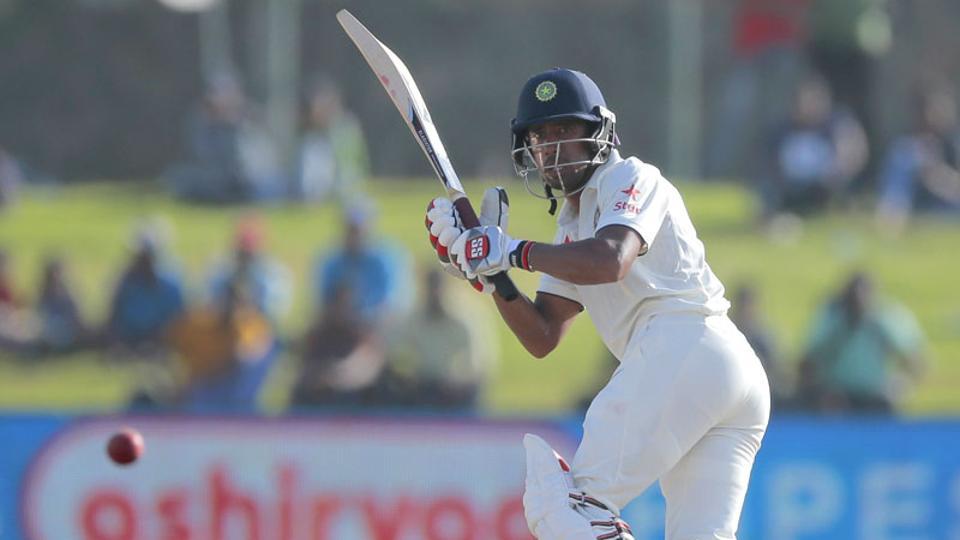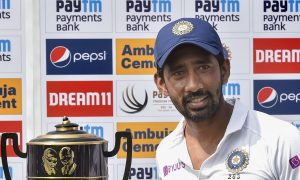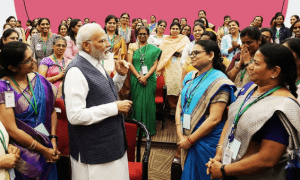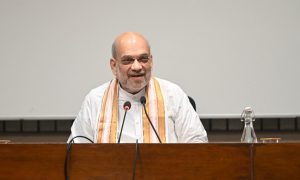In the haste to find a like-for-like replacement for MS Dhoni, Wriddhiman Saha’s wicketkeeping skill may have been sacrificed at the altar of Rishabh Pant’s batting exuberance. Pant may have failed with the bat in the first Test, but the team management wants to give him a long rope, which explains his selection for the second Test, and which may mean that the doors are now shut for Saha.
Unless Pant is injured or bungles magnificently, it’s pretty inconceivable that Saha would get a chance in future. In the next four months, India are scheduled to play South Africa and Bangladesh at home before a full tour of New Zealand starting January, 2020. Pant looks set to play them all. And while keeping wickets on subcontinent pitches with uneven bounce presents more challenges, Pant is expected to negate any sort of hiccup with his bat.
Pant equaled the world record of most catches in a Test (11, the same as Englishman Jack Russell and South Africa’s AB de Villiers) in Adelaide but his wicketkeeping skill is set to be tested against tougher opponents at home conditions. Out of 11 Tests, Pant has played only twice at home, against West Indies in Rajkot and Hyderabad. On both occasions, he scored breezy knocks of 92 in the first innings. While he wasn’t mediocre behind the stumps, innings like those tend to deflect the attention towards batting and keep any murmurs over questionable wicketkeeping to a minimum.
Saha is cut from a different cloth. Wicketkeeping is hardwired into his chiseled frame. With the gloves, he is inarguably the best in India. When he bats, he puts a price on his wicket.
India have twice won Tests (St Lucia in 2016 and Hyderabad in 2017) with Saha contributing with a century. But his greatest effort till date remains the resilient century carved out on a venomous Ranchi pitch against a hostile Australian bowling attack bent on taking the series lead before the fourth and final Test in Dharamsala. That was just over two years ago, but Pant’s ‘potential’ may have induced a short-term memory lapse within the team management. Expediting Pant’s evolution comes with its own set of risks but it seems Virat Kohli—who has often raved about the need for a classical wicket-keeper in the side—is willing to take it.
Right now, the future looks bleak for Saha. In a different world, in another era though, Saha wouldn’t have been shown the door like this. A relevant example would be how Australia had directed the careers of Ian Healy and Adam Gilchrist. Despite his ODI debut in 1996, Gilchrist had to wait three years to make his Test debut, till Healy had played his last match. As a batsman, Gilchrist was definitely more prolific than Healy. Healy had a more conservative approach towards wicketkeeping but Gilchrist was equally proficient. The temptation to blood Gilchrist in Tests earlier to boost their lower-middle order batting must have been strong. But neither Mark Taylor nor Steve Waugh fell for it.
What Test cricket got in 1999 was a wicketkeeper who made the most of every match after he was asked to earn his stripes. Gilchrist’s career may have lasted just under 10 years but with an astounding 73 wins out of 96 Tests, he retired as one of the game’s greatest.




























 WhatsApp us
WhatsApp us